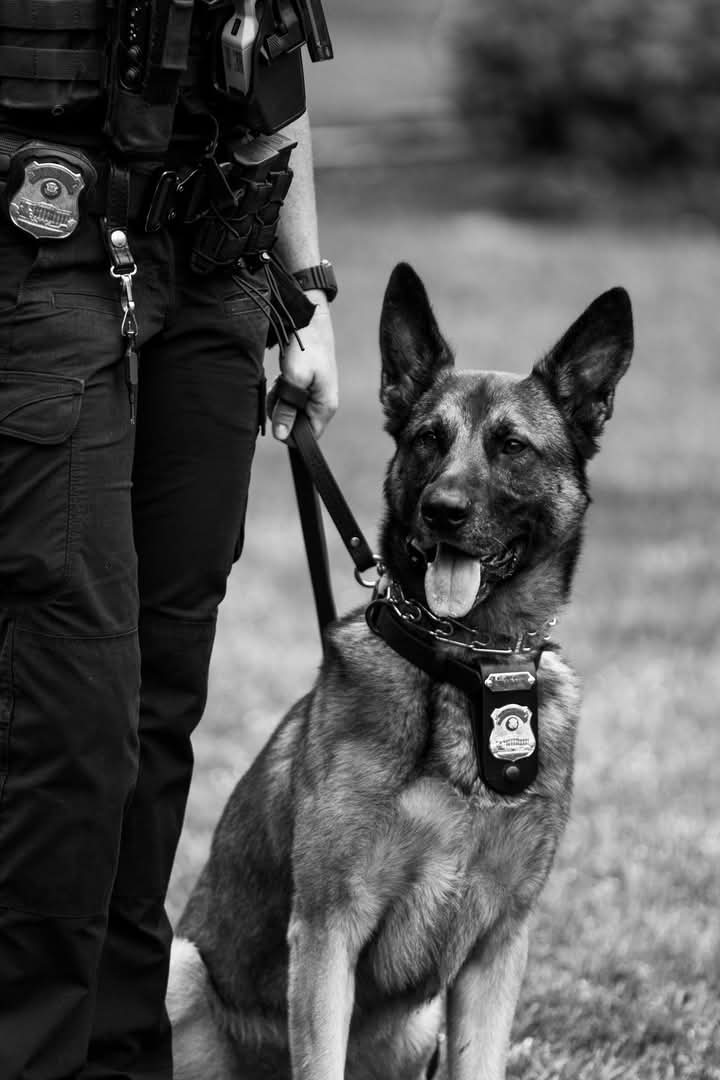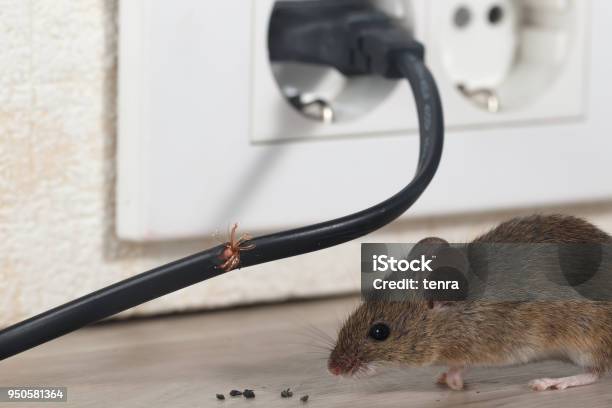As pet owners, we would do anything to protect our furry, scaled, or feathered family members. We give them the best food, the coziest beds, and endless affection. But what if the biggest threat to their well-being isn’t something we can see?
Animals are masters of disguise, especially when it comes to hiding pain. In the wild, showing weakness makes an animal a target for predators. This powerful, ancient instinct remains strong even in our domesticated pets. They can’t tell us when something hurts, so they often suffer in silence.
The good news is, they do send signals. These signs are often subtle, easy to dismiss as “just getting older” or a random quirk. But ignoring them could mean missing a chance to catch a serious illness before it’s too late.
Are you ready to learn their secret language? Let’s uncover the subtle signs that your pet might be in pain. The first one is so common, you might have seen it this morning.
1. Changes in Grooming Habits (Or a Lack Thereof)
Is your normally pristine cat suddenly looking scruffy and unkempt? Has your dog stopped licking a particular spot he used to clean meticulously?
The Sign: A sudden stop in self-grooming is a major red flag. Pain, whether from arthritis, dental problems, or an internal issue, can make it too difficult for an animal to twist and turn to clean themselves.
What to Look For: For cats, look for matted fur, especially along their back and hips. For dogs, you might notice a dull coat or a new, unpleasant odor.
The Flip Side: Conversely, a pet that won’t stop licking or chewing one specific spot is also a cause for concern. This is called “over-grooming” and is often a direct attempt to soothe a localized area of pain, like an aching joint or an skin infection.
2. Unexplained Aggression or Irritability
Has your sweet, cuddly companion suddenly started snapping, hissing, or growling when you try to pick them up or pet them?
The Sign: A sudden change in temperament is one of the most common signs of hidden pain. Think about it: if you had a sore back, you wouldn’t want someone giving you a big bear hug. Your pet is the same. Their aggression is not personal; it’s a defense mechanism.
What to Look For: Pay attention to when the aggression happens. Does your dog snap when you touch his ears? It could be an ear infection. Does your cat hiss when you stroke her back? It might be spinal pain. This isn’t a new behavioral problem—it’s a desperate cry for help.
3. Hiding or Social Withdrawal
Is your normally social pet now spending all their time under the bed, in a closet, or in another room away from the family?
The Sign: When animals are in pain, their instinct tells them to become invisible. Hiding protects them from perceived threats when they are feeling vulnerable. They aren’t being antisocial; they are trying to cope.
What to Look For: Note any changes in their favorite spots. If your dog used to greet you at the door and now you have to go looking for him, that’s a significant shift. A sudden lack of interest in playtime or interaction with other pets is also a major warning sign.
We’ve covered the quiet signs, but what about the sounds they make? The next sign is one you might hear, but easily misinterpret.
4. Changes in Vocalization (The Sounds of Silence… and Pain)
You know the normal sounds your pet makes—the happy barks, the contented purrs, the excited chirps. But have you started hearing new noises, or has the volume on the old ones changed?
The Sign: An increase in vocalization—more whining, whimpering, yelping, or hissing—can be a direct indicator of pain. These sounds might happen when they move, when you touch them, or for no apparent reason at all.
What to Look For: Listen for yelps when your dog gets up, or groans when they lie down. A cat that begins to meow or howl excessively, especially at night, could be suffering from discomfort or disorientation caused by pain.
The Flip Side: Just as telling is the pet that goes quiet. A dog that always barked at the mail carrier but now just watches silently from the window, or a cat that has stopped purring, may be channeling all their energy into dealing with their pain.
5. Altered Eating, Drinking, or Bathroom Habits
The way to a pet’s heart is often through their stomach, so any change in their appetite is a massive red flag.
The Sign: A sudden loss of interest in food and water is one of the most serious signs of illness. It can signal anything from severe dental pain that makes chewing unbearable, to nausea from kidney or gastrointestinal disease.
What to Look For: Are they leaving food in their bowl? Are they turning their nose up at their favorite treats? Also, monitor the water dish—a decrease in drinking is just as concerning as an excessive increase, which could signal diabetes or kidney issues.
Don’t Forget the “Output”: Changes in bathroom habits are just as critical. Constipation or straining could point to back pain that makes squatting difficult. Accidents in the house from a previously house-trained pet aren’t acts of rebellion; they could mean your pet was in too much pain to make it outside in time.
6. Mobility Issues and Posture Changes
This goes far beyond a simple limp. The way an animal carries its body is a billboard for how it’s feeling.
The Sign: Reluctance to move is a classic sign of pain. This is often caused by arthritis, but it can also be due to injuries, hip dysplasia, or other joint problems.
What to Look For: Watch for hesitation before jumping onto the couch or into the car. Do they struggle to get up from a lying position? Do they avoid using the stairs? Also, look for changes in posture. A cat with abdominal pain might adopt a hunched, “meatloaf” position without relaxing, while a dog with back pain might keep its back rigidly arched.
7. A Shift in Sleep Patterns
The final sign is one you might only notice when the house is quiet and the lights are out.
The Sign: Pain doesn’t stop when your pet goes to sleep. In fact, it can make finding a comfortable position to rest nearly impossible.
What to Look For: Is your pet suddenly restless at night? Are they constantly getting up, circling, and lying back down? This is often an attempt to find a position that doesn’t put pressure on a sore spot. Conversely, a pet that is sleeping more than usual might not be lazy; they could be lethargic due to an underlying illness that is draining all their energy.
What to Do Next: Be Their Hero
Seeing your pet on this list can be terrifying, but you are their best and most important advocate. You know them better than anyone. If you’ve noticed one or more of these signs, don’t wait and wonder. Trust your gut.
The next step is simple: call your veterinarian.
Describe the specific changes you’ve observed. Your careful observations are the clues your vet needs to diagnose the problem and, most importantly, to help your beloved companion feel better. By learning to read these subtle signs, you move beyond just being a pet owner—you become their hero.






